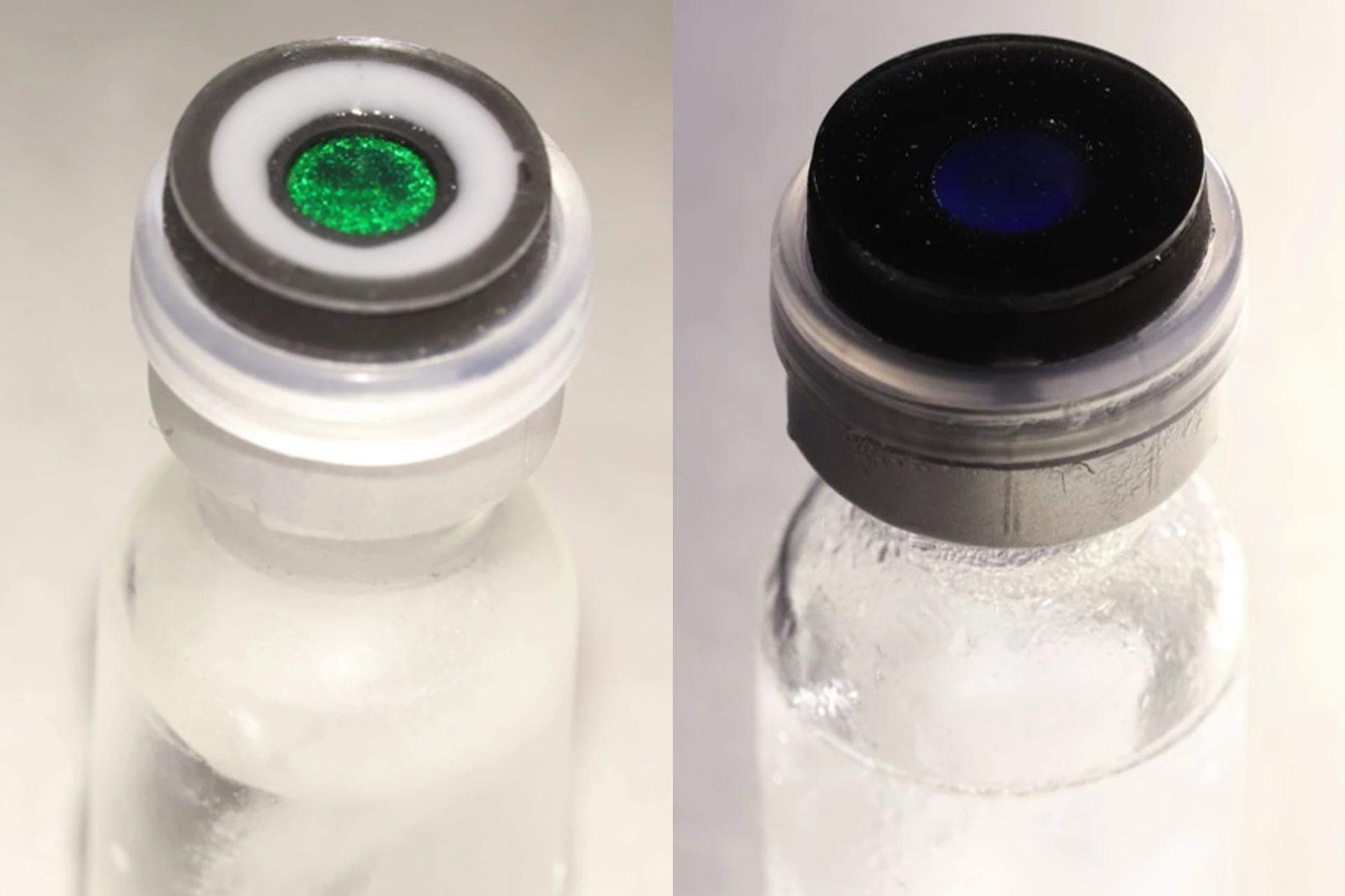While many goods simply have to be kept frozen until use, some – such as certain vaccines – will break down even if they get warmed but remain frozen. An inexpensive new technology could alert people to the fact that this has happened.
First of all, there are already electronic tags that record any changes in temperature which occur during the shipping and storage of perishable items. These devices can be pricey to use on a large scale, however, plus they end up becoming yet another form of electronic waste.
Color-changing dyes are also used, although their colors may fade over time. Additionally, most of them only indicate if the temperature has reached over O ºC (32 ºF).
Seeking a cheaper, more precise and eco-friendlier alternative, an international team of scientists produced glycerol-coated silicon dioxide nanoparticles which get mixed into a solution of water and polyethylene glycol or ethylene glycol.
The particles cluster together to form microcrystals in the liquid, and remain in that form once the solution has been frozen into a solid. Due to the surface structure of the crystals, they reflect light in such a way that they appear bright green (or red, depending on the formulation) to the human eye.
By tweaking the water-to-glycol ratio, it's possible to adjust the temperature at which the frozen solution melts. When it does melt, the microcrystals fall apart and no longer produce the green color. Even if the solution freezes again, the nanoparticles won't form back into the crystals.
As a result, if a tag or label incorporating the solution appears green, that means it has continuously stayed below its given threshold temperature. If it's colorless, however, then people will know that at some point it got too warm. In lab tests, the technology successfully indicated warming to target temperatures as low as -94 ºF (-70 ºC).
A paper on the research – which was led by Yadong Yin of the University of California, Riverside and Xuemin Du of the Chinese Academy of Sciences – was recently published in the journal ACS Nano.
Source: American Chemical Society




